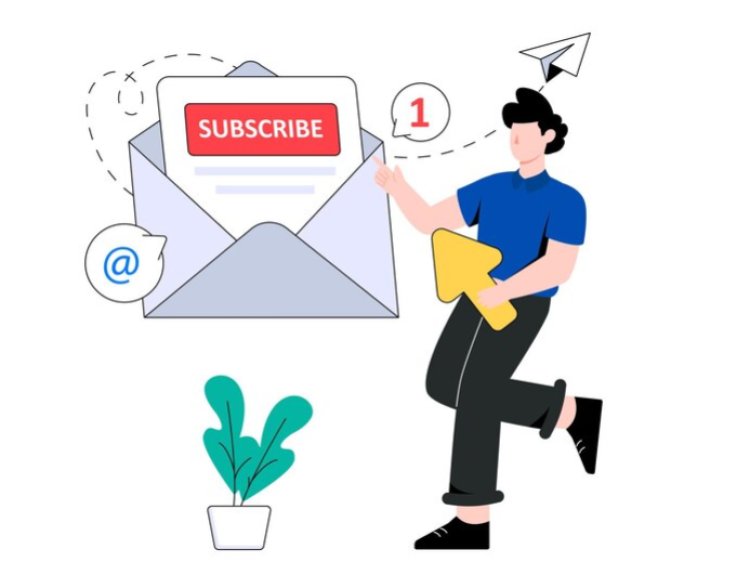Free bulk email marketing software refers to tools or platforms designed to facilitate the sending of mass emails to a large number of recipients simultaneously. These software solutions are commonly used for email marketing purposes, enabling businesses to efficiently reach out to their target audience with promotional messages, newsletters, announcements, and other communications.
Here's a breakdown of what bulk email software typically offers and some tips for using it effectively:
1. Email List Management: Bulk email software allows users to manage their email lists efficiently. This includes importing and exporting contacts, segmenting lists based on various criteria (such as demographics or past interactions), and maintaining opt-in/opt-out mechanisms to comply with email marketing regulations.
2. Email Template Design: Most bulk email software provides customizable email templates that users can modify to suit their branding and messaging needs. These templates often feature drag-and-drop editors, making it easy to add images, text, buttons, and other elements without any coding knowledge.
3. Personalization: Personalization is a key feature of effective email marketing. Bulk email software enables users to personalize emails by including recipient names, tailoring content based on past interactions or preferences
, and incorporating dynamic content that changes based on recipient data.
4. Automated Campaigns: Automation features in bulk email software allow users to set up drip campaigns, autoresponders, and other automated workflows. This helps streamline the email marketing process by delivering targeted messages at the right time, based on triggers such as sign-ups, purchases, or specific dates.
5. Analytics and Reporting: Bulk email software provides analytics tools to track the performance of email campaigns. Users can monitor metrics such as open rates, click-through rates, conversion rates, and more. This data helps in evaluating the effectiveness of email campaigns and making data-driven decisions for optimization.
6. Compliance and Deliverability: Bulk email software often includes features to ensure compliance with email marketing regulations, such as CAN-SPAM and GDPR. Additionally, these platforms may offer deliverability tools to help improve the chances of emails reaching recipients' inboxes instead of being flagged as spam.
7. Integration with Other Tools: Many bulk email software solutions integrate with other marketing tools and platforms, such as CRM systems, e-commerce platforms, and social media networks. This allows for seamless data sharing and coordination across different marketing channels.
Tips for Using Bulk Email Software Effectively:
-
Build a Quality Email List: Focus on growing an engaged and opt-in email list of subscribers who are genuinely interested in your content or offerings.
-
Segment Your Audience: Segment your email list based on factors such as demographics, interests, past behavior, and purchase history. This allows for more targeted and relevant email campaigns.
-
Craft Compelling Content: Create engaging and valuable content that resonates with your audience. Use persuasive copy, eye-catching visuals, and clear calls-to-action to encourage action.
-
Test and Optimize: A/B test different elements of your emails, such as subject lines, send times, and content variations, to identify what resonates best with your audience. Continuously optimize your campaigns based on the insights gathered from analytics.
-
Maintain Email Deliverability: Follow best practices for email deliverability, such as using a recognizable sender name and email address, avoiding spammy tactics, and regularly cleaning your email list to remove inactive or invalid addresses.
-
Stay Compliant: Familiarize yourself with email marketing regulations and ensure that your campaigns comply with relevant laws and guidelines to avoid legal issues and maintain trust with your audience.
-
Monitor Results and Adjust Strategy: Keep track of key performance metrics and use the data to refine your email marketing strategy over time. Experiment with different approaches and tactics to continuously improve your results.
By leveraging free bulk email marketing software effectively and following these tips, businesses can harness the power of email marketing to engage their audience, drive conversions, and achieve their marketing goals.






